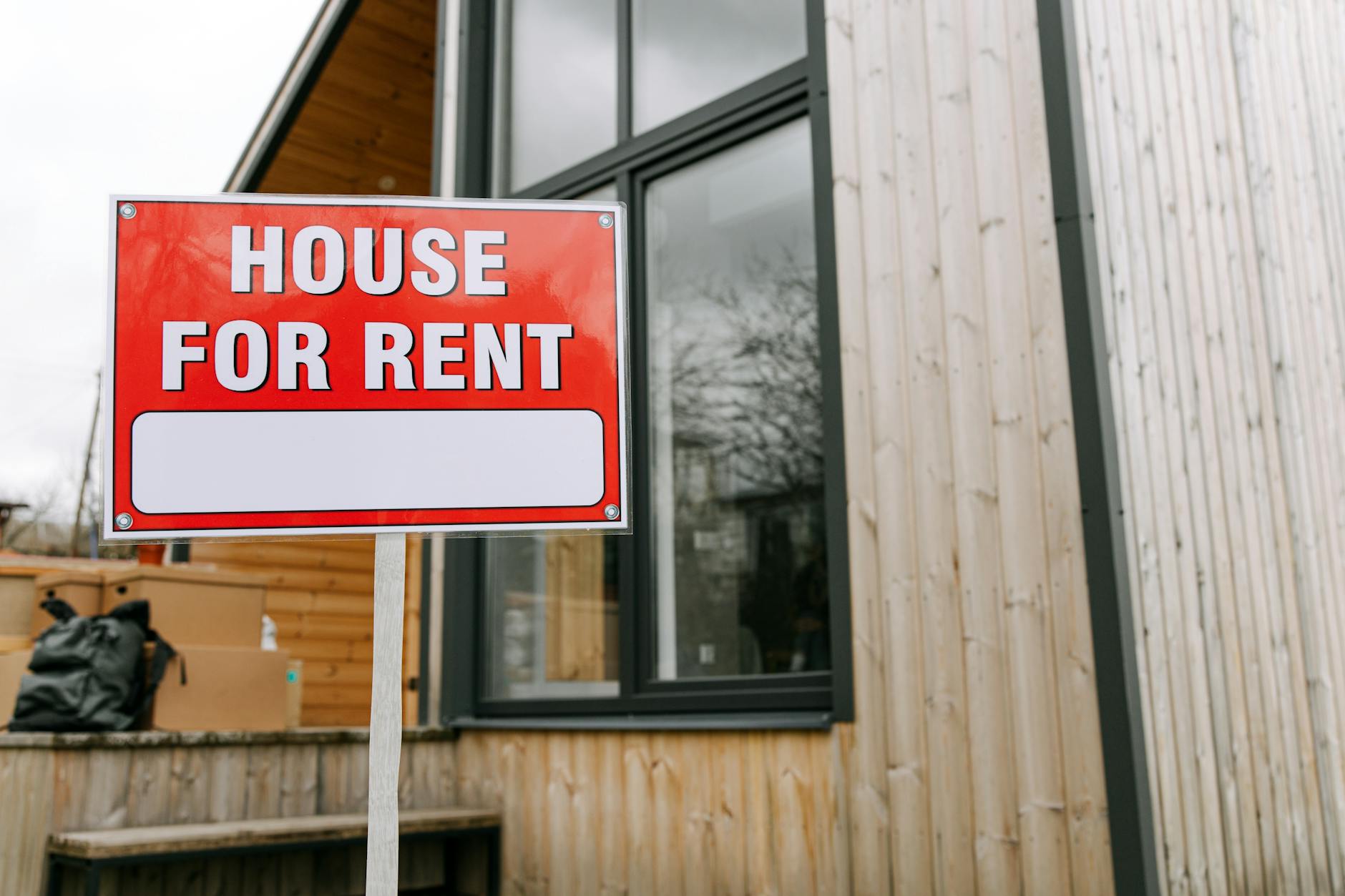Essential Guide to Rental Property Management for New Investors
Essential guide to rental property management for new investors
Entering the world of rental property investment can be exciting and profitable, but it also introduces a series of challenges that require careful management. For new investors, understanding the intricacies of rental property management is crucial to maximizing returns and minimizing risks. This guide will walk you through the fundamental aspects of managing rental properties, from tenant selection and property maintenance to efficient rent collection and legal compliance. Whether you’re investing in a single-family home or a multi-unit building, mastering these core areas will help lay a solid foundation for successful property management and long-term investment growth.
Finding and screening the right tenants
The backbone of effective rental property management is securing responsible tenants. A thorough tenant screening process not only reduces the risk of late payments but also limits potential property damage and eviction costs. Start by setting clear criteria covering income requirements, rental history, and creditworthiness. Utilize formal applications and background checks, including credit reports, criminal history, and previous landlord references.
Consistency and fairness during screening are also vital to comply with housing laws and avoid discrimination claims. Document every step of the process, which can serve as evidence if tenant disputes arise. Good tenants typically rent longer, maintain the property better, and contribute to stable cash flow.
Maintaining your property to protect your investment
Regular maintenance is essential to keep your rental property in good condition, protecting both the value of the asset and tenant satisfaction. A proactive maintenance schedule prevents costly repairs and vacancy periods. Focus on critical systems like plumbing, electrical, and HVAC, while also addressing cosmetic issues such as paint and landscaping.
Effective communication with tenants aids early identification of repair needs. Consider creating a maintenance request portal to streamline reporting and response times. Budgeting for routine upkeep and emergency repairs is smart planning—investors often set aside around 1%-3% of the property value annually for maintenance costs.
Rent collection and financial management
Consistent rent collection is vital for sustaining positive cash flow. Automating rent payments via online platforms reduces missed or late payments and simplifies record keeping. Outline clear payment terms within the lease agreement, including due dates, late fees, and consequences of non-payment.
Tracking income and expenses comprehensively helps investors analyze profitability and prepare for tax season. Keeping separate accounts for property finances and using property management software can streamline financial management while improving transparency and accuracy.
| Expense Type | Typical Cost Range | Notes |
|---|---|---|
| Maintenance and repairs | 1%-3% of property value annually | Includes routine and emergency repairs |
| Property management fees | 8%-12% of monthly rent | Applicable if hiring a management company |
| Vacancy losses | 5%-10% of annual income | Depends on location and marketing efforts |
| Insurance | $500-$1,500 annually | Varies by property type and location |
Understanding legal obligations and lease agreements
Compliance with landlord-tenant laws is a must for avoiding costly legal disputes. Familiarize yourself with federal, state, and local regulations governing rental properties. Key areas include fair housing laws, security deposit handling, eviction procedures, and habitability standards.
The lease agreement is a binding contract that protects both parties. It should clearly outline terms such as rental amount, payment deadlines, maintenance responsibilities, and rules concerning pets or alterations. Regularly update lease documents to reflect changes in laws or policies. Consulting a real estate attorney when drafting your lease can safeguard your interests and reduce risk.
Conclusion
For new investors, mastering rental property management involves several interconnected aspects that together ensure successful and sustainable investment. Selecting and screening tenants carefully lays the foundation for reliable occupancy and income flow. Maintaining the property proactively preserves its value and tenant satisfaction. Efficient rent collection and financial oversight secure cash flow and profitability, while understanding and complying with legal responsibilities protects against litigation and regulatory penalties.
Investing time in these areas from the start builds confidence and peace of mind, enabling you to focus on growing your rental portfolio. With the right practices, rental property management can transform from a daunting task into a rewarding, long-term business endeavor that provides financial stability and passive income. Remember, a solid management approach is the key to harnessing the full potential of your real estate investment.
Image by: Ivan Samkov
https://www.pexels.com/@ivan-samkov
editor's pick
latest video
news via inbox
Nulla turp dis cursus. Integer liberos euismod pretium faucibua

